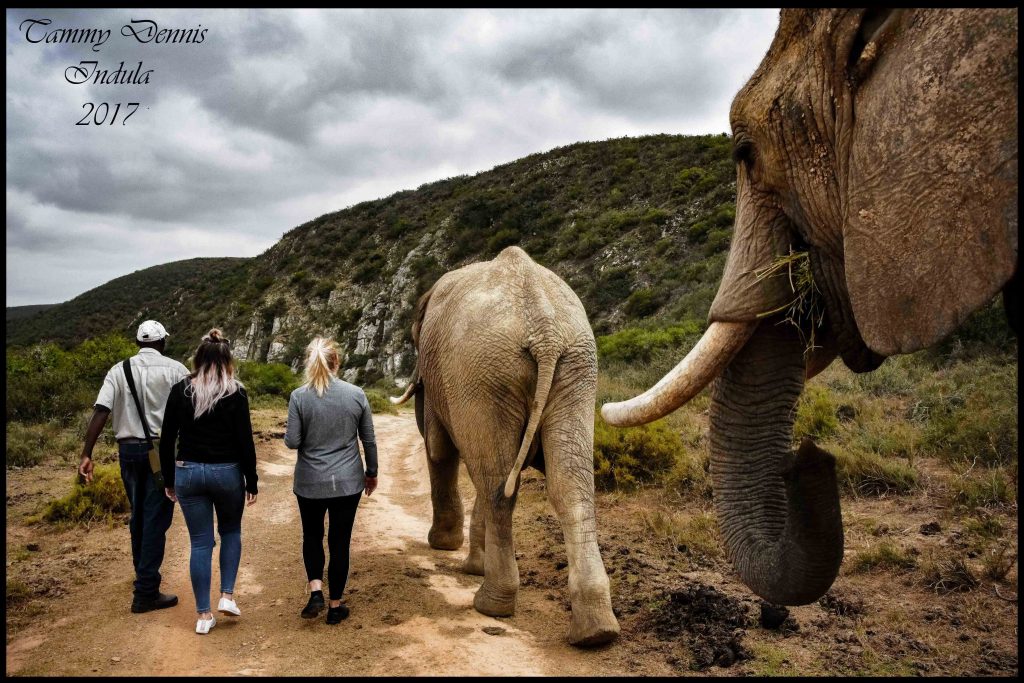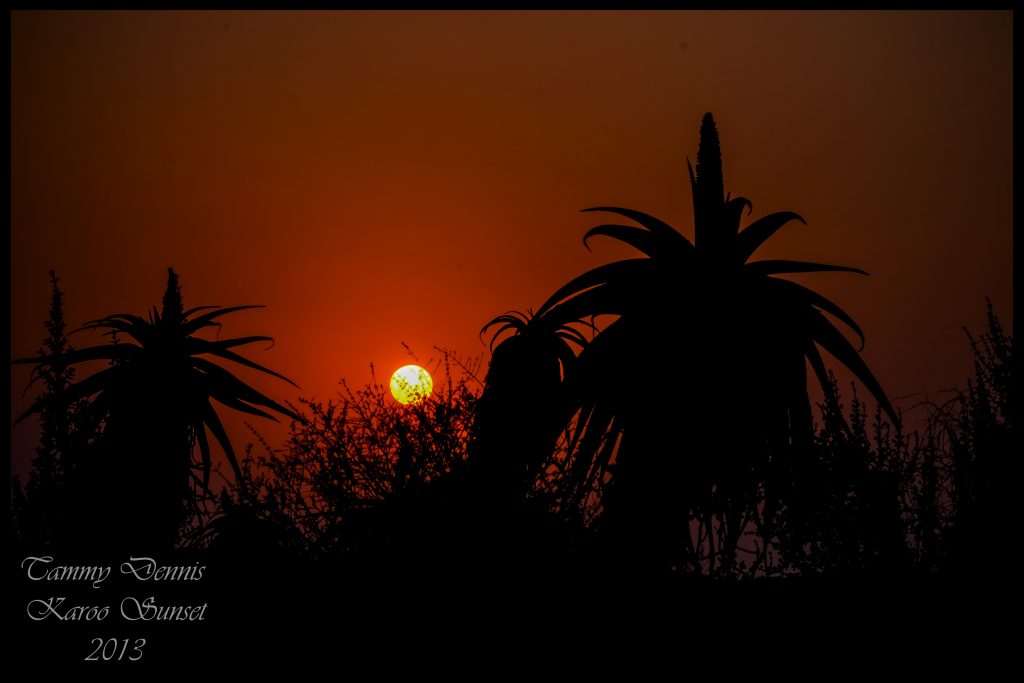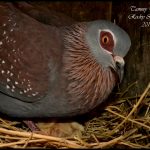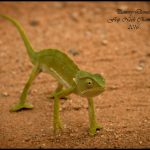 A quiet village in the Western Cape, situated at the foot of the Langeberg Mountains, not too well known making it a hidden gem. A farm started in 1900 and became a municipal area in 1920, the name derives from Johannes Rudolph Albertyn, who was the first Dutch Reformed minister to serve in this community. It’s a quirky town and has quite a lot of interesting things to offer.
A quiet village in the Western Cape, situated at the foot of the Langeberg Mountains, not too well known making it a hidden gem. A farm started in 1900 and became a municipal area in 1920, the name derives from Johannes Rudolph Albertyn, who was the first Dutch Reformed minister to serve in this community. It’s a quirky town and has quite a lot of interesting things to offer.
When we visited Albertinia, we stayed at self-catering Zoutpan guest farm cottage. It was rustic and had a very authentic feel, with creaky floorboards and a real feeling of an old farmhouse, that being said, it still had all the things we needed and was very comfortable. The best part of the cottage was being able to open the Dutch front door and stepping out to a great view under a Eucalyptus trees watching the horses and sheep on the hill side.
We did a game drive at Garden Route Game Lodge and saw a lot more than expected! Especially for the area it’s in, close to Cape Town you find that game drives are very zoo like, still very good and well maintained but not how you would experience a game drive further up north. We saw loads, including the usual antelope species, larger mammals and predators. They have a family of cheetah that we were fortunate to see chasing blue cranes and raiding their nests. They are really trying to help the cheetah populations by breeding them in a safe environment (lions are separate), but as natural as possible as they still hunt for themselves. This so far has been a successful breeding program and when the cubs are old enough get moved to new areas to help expand poor genetic lines.
We ended the trip going to Indula Lodge, where we enjoyed a wonderful walk with elephants in their own habitat, with a great educational interactive experience and a short game drive. The elephants are not restrained at any point and are fed along the way, you get to touch them and have a closer look at how they feed, walk and other unusual interesting things you don’t normally get to experience.
Still Bay, is a short drive from here. There are tidal fish traps making it a very interesting archaeological site. It has been said that carbon dating dates these to be 1000BC, a part of the ancestors of the Khoi who started making and using these traps. The traps consist of specially packed rocks to deal with strong tides and waves, catching fish as the tides fall back. Today village locals and enthusiasts of this ancient technique still enjoy maintaining these fish traps and catching fish.
All in all, a great couple of days in this area and well worth a visit.







2 thoughts on “Albertinia…”